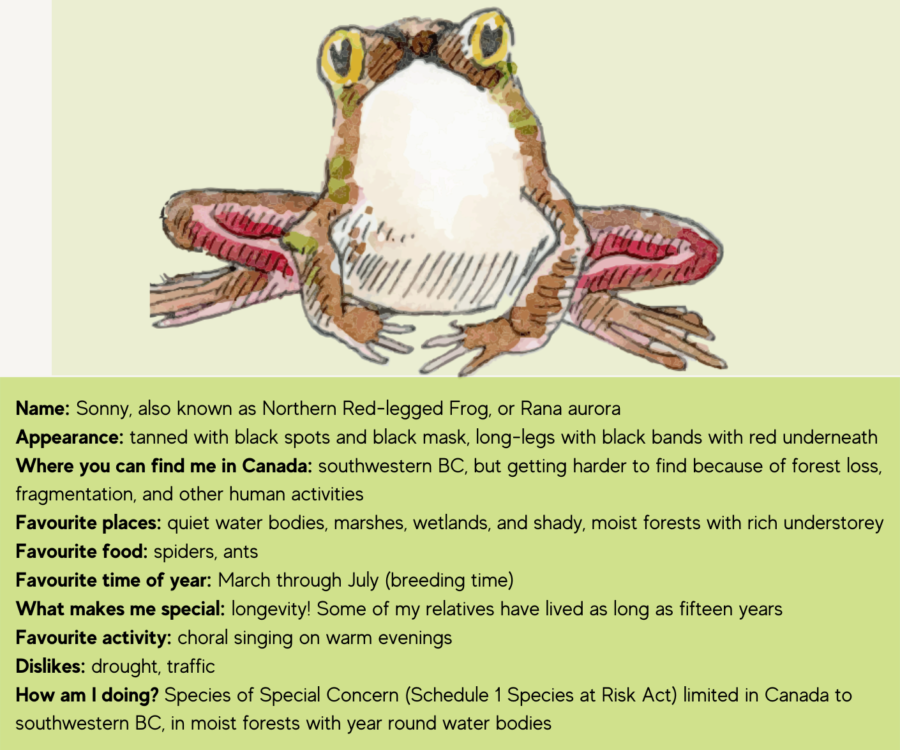



PAST, PRESENT AND FUTURE
Salt Spring Island is home to a wide variety of ecosystems and habitats, including Coastal Douglas fir (CDF) forest, Garry oak meadows, cedar wetlands, eelgrass meadows, and more. For millenia, Coastal Douglas fir forests and associated ecosystems have co-evolved with the cold, nutrient rich waters of the Salish Sea and a multitude of living communities, including as treaty and territorial lands and waters of Coast Salish peoples, who have been and continue to be stewards of this place. These native ecosystems play an integral part in all aspects of the island places we know and love.
Sadly, CDF ecosystems have been subject to layers of adverse effects, from forest cover loss due to historical and ongoing forest clearing, to loss of predators leading to fragmentation of native understorey by deer and other browsers, and spread of invasive species (including Scotch broom and gorse, both fire accelerants). Loss of biodiversity in terms of forest species, structural complexity, age variation, and genetic variability has led to forests being more vulnerable to the impacts of climate change and its associated risks, including drought, flooding and fire. Today, 98% of Salt Spring’s 45 ecological communities are at risk, and with this risk also comes increased risk for the island’s human communities.

An Ecological Refugium
During glaciation, CDF forests acted as an ecological refugium, or safe haven for biodiversity. After the ice receded, species were able to venture outward, repopulating larger regions. Similarly, these forests are expected to act as a refugium during worsening climate change, moderating its harshest impacts – but only if we properly preserve their health and resilience.
Forest Cover Loss
Existing forest cover: ~14,000 hectares
Forest cleared between 2009 and 2017: ~86 hectares (~11 hectares/year)

Getting to Know Your (Ecological) Communities
Who’s Who of Salt Spring
Artwork: Briony Penn; Photography: Pierre Mineau

A Future for CDF Forests
Though less severe than elsewhere, climate change will continue to put pressure on CDF forests, with longer summer drought, extreme temperatures, and more severe winter storms with heavy winds and rainfall. Forest clearing, browsing by an over-abundance deer, spread of invasive species and other impacts add to these stressors. How can we co-exist with these forests into the future, supporting the livelihoods of all communities?
Alternative Forestry Models
Regenerative Agriculture
Exploring the best opportunities for land-based practices of farming and forest stewardship to co-exist will support food while maintaining watershed health, reducing fire risk and enhancing carbon stewardship.
Habitats in the Collective Village
Pathways are needed that accommodate habitats for both people and our forest, meadow and ocean-dwelling friends, and that nurture cultural diversity alongside the diversity of natural systems in this special place we call home.
Community Stewardship
Community involvement in biodiversity monitoring and stewardship efforts will build island connections while supporting the resilience of both our human communities and the ecological ones of which we are a part.




